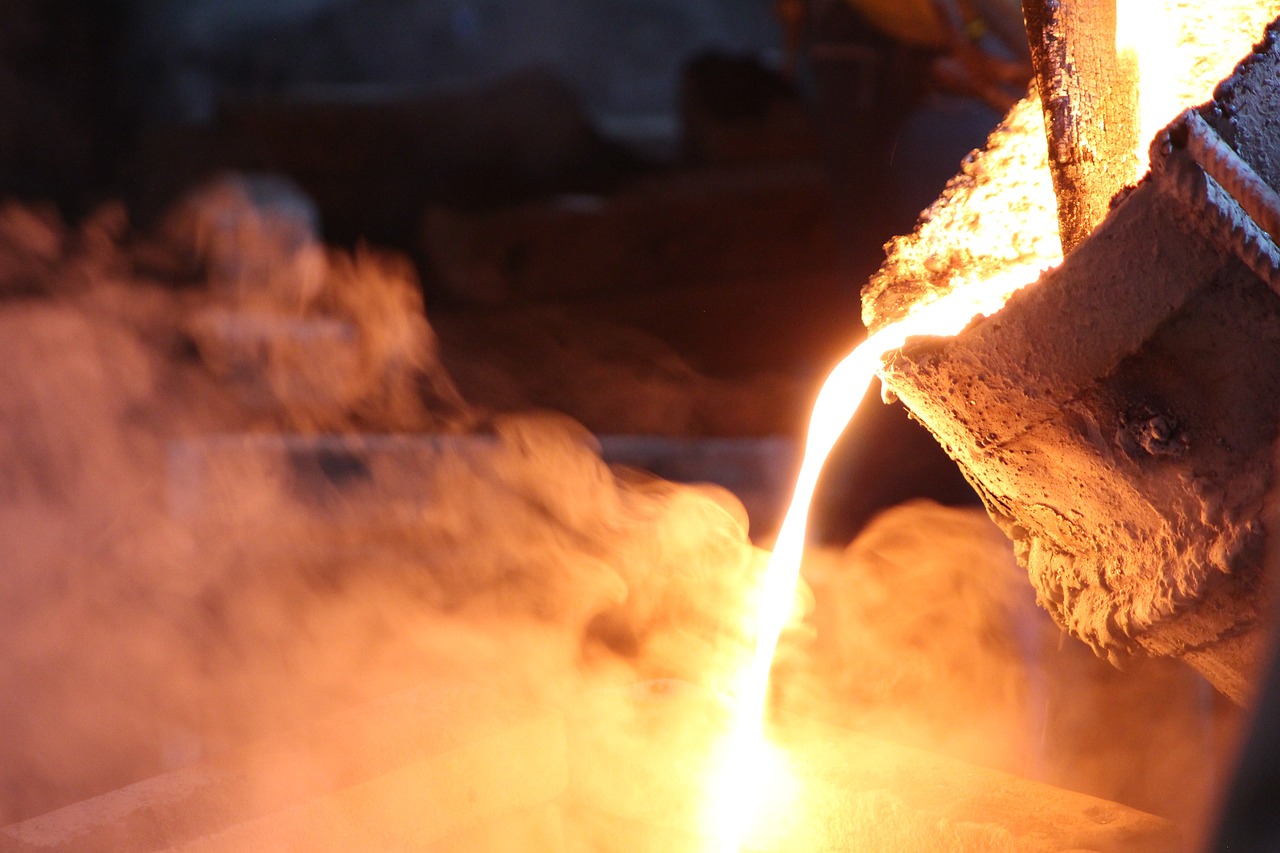
Casting in steel is a specific kind of casting that involves using many different types of steel to create a shape that is either final/net or near-net. People have been utilizing wooden poles or metallic structure for such a purpose ever since the beginning of the history of marine transportation. Engineers and manufactures of nowadays have taken into consideration the sturdiness and longevity of the materials they use, as well as the need of providing a safety component that acts as a safety barrier. This is thanks to the development of manufacturing technology.
Difference between steel and iron casting
Both iron and steel are examples of ferromagnetic metals, which indicates that iron atoms make up the majority of their components in both cases. When combined with carbon, elemental iron undergoes a transformation that makes it more robust and, as a consequence, more practical. However, in its most unadulterated state, elemental iron is much too malleable to be of any value in any context. In point of fact, the fundamental component that differentiates steel and cast iron from one another is the amount of carbon that is contained inside each material. Cast iron typically has carbon concentrations of more than 2 percent, but cast steel typically has carbon concentrations of between 0.1 and 0.5 percent. Cast iron is typically used in construction, whereas cast steel is typically used in manufacturing. Steel Castings manufacturers are able to provide porosity-free, pressure-tight castings that fulfill dimensional specifications on a regular basis.
Cast prepares may be divided into two broad classification: carbon cast steel and alloy carbon cast steel.
-
Steel Made of Carbon Castings
Carbon cast steels, much like wrought steels, may be categorized according to the amount of carbon they contain. Cast steel with low carbon content contains 0.2% carbon and is somewhat fragile. It cannot be heat-treated immediately. Cast steel with medium carbon content is already reasonably hard and responds well to further strengthening by heat treatment. When the highest possible level of hardness and resistance to wear is required, high-carbon cast steel is the material of choice. The surface area of the casting is determined by its form, which in turn impacts the rate of heat transmission among the castings and the mold, which in turn controls the pace at which the casting will solidify.
-
Cast Alloys
Cast steel that has been alloyed may take on either a low or high combination configuration. Low-compound cast steel, which contains less than 8% composite material, behaves similarly to standard carbon steel but has a greater capacity for hardening. Casting high-composite steel is done with the intention of producing a certain quality, such as resistance to erosion or wear, or resistance to heat or heat blockage.
How steel casting is resiliency under pressure?
Because of its resistance to bending, deformation, and breaking under high stress and strain, steel is an ideal material for withstanding unexpected impacts without bending, breaking, or deforming. Cast iron is a great example of a material that has strength but lacks ductility, and as a consequence, the material is brittle and has a high risk of breaking. Cast iron is used for a restricted number of purposes due to its tendency to fracture easily.
Advantages of Weight Reduction via Casting
Steel Castings provide a number of benefits, one of which is the ability to save weight in situations when this is essential. By choosing the appropriate alloys or metal, you may significantly cut down on the weight of applications.
Because of this property, steel castings are an excellent option for extremely large components such as engine blocks, aircraft parts, or military components.
Why Steel casting is important?
Steel casting has a broad variety of applications and is utilized in a number of different sectors. However, in order to be beneficial for the enterprises, steel castings must be of a high grade and must be created using only raw materials of the highest quality and which have been verified. Companies place a significant amount of value on steel castings that are produced using the most recent technological developments. For this reason, as one of the most successful steel castings companies, Steel Castings manufacturers India make it a point to get our raw materials from a selection of the industry’s most reputable suppliers.
Conclusion
Steel casting is seen in use in many different industries, including building and construction, the automobile and aerospace industries, and the plastics industry. This blog post has provides you with an overview of steel casting, an industry that is growing at a rapid pace.
